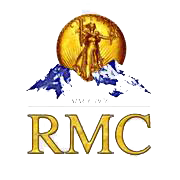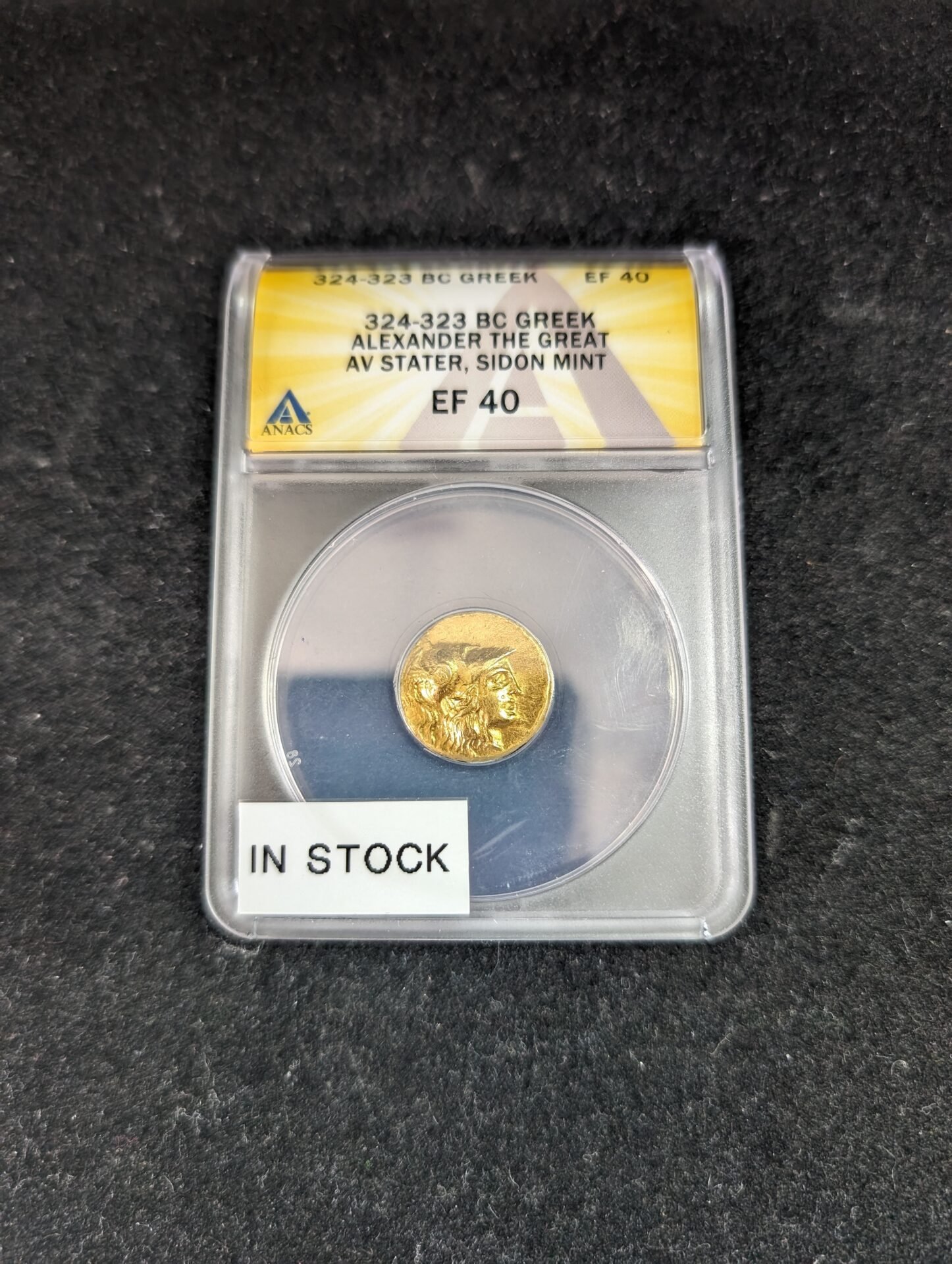Coins are minted with a given face value, but collectible coins often exceed this value. In many cases, collectors will pay substantially more than a coin’s face value if it meets the right criteria. The following five criteria are some main factors that make coins valuable to collectors.
1. High General Interest and Demand
First, the general interest in and demand for a coin can’t be ignored. This includes both interest and demand within the numismatic culture as well as among the general public at large. Increased demand from either or both groups can cause a coin’s value to go up because the supply of collectible coins is often fixed since the coins are no longer minted.
While interest for a specific coin certainly would cause that one coin’s value to increase, sometimes the increase in interest isn’t for just one coin. If there’s a new wave of people interested in a certain time period or culture, coins from that era or place might all rise in value.
For example, rare coins in India have gone up substantially in the past few years thanks to higher demand from investors and collectors. The same effect will occur anywhere demand spikes.
2. Greater Intrinsic Metal Value
Second, some coins are desirable simply for their intrinsic metal value. One example of such coins are junk silver coins, which are U.S. half-dollars, quarters, and dimes minted prior to 1965. Unlike coins minted since 1965, these coins are 90 percent silver.
The silver content in these coins is often worth much more than the coin can be spent for. The exact silver value varies depending on the current spot price of silver. At the time of writing, however, junk silver coins were worth over 10 times their face value. The silver in these:
- Dimes were worth $1.10
- Quarters were worth $2.76
- Half-dollars were worth $5.53
Some investors would buy these coins either as a long-term investment, hoping that the value of their silver will increase with time, or to melt down for their silver content now. Melting a coin in order to pass it off as a higher-value coin is fraudulent and illegal, but melting coins to use or sell their silver content is allowed and legal.
3. Excellent Mint Condition
Third, coins’ conditions are determined by grading, and the grade of a coin has a tremendous impact on how much that coin is worth. A coin that has a perfect mint grade can be worth substantially more than one that’s identical in every way but has even just a small blemish.
The five criteria that determine grade are:
- Attractiveness
- Color
- Luster
- Preservation
- Strike
For an unbiased determination of a coin’s value, third-party grading agencies can be hired to get a certified grade.
Because grading is so important to coins’ values, properly keeping your coins is essential to preserving their value. Collectible coins should never be circulated, and they’re best stored in a protective display that lets you view the coin but keeps fingerprints and oils from touching the coin. Additionally, you should never clean a coin’s patina because that reduces the coin’s condition.
4. Exceptional Rarity
Fourth, how available coins are also greatly affects what they’re worth. More specifically, coins that are hard to source tend to be worth more than comparable ones that are readily available. This comes into play in several ways.
While not universally true, older coins tend to be worth more than newer ones. As coins age, many are lost, damaged, destroyed, or pulled from circulation, so there are fewer of them and they become rarer. The lack of supply can result in a higher value.
Sometimes rarity is planned into a run, and a mint will only make so many of a particular type of coin. For example, the state quarters that the U.S. mint issued from 1999 to 2008 are collectible because there’s a limited run of them. There are many other limited-edition coins minted both in the past and today, some of which are issued directly as collectors’ sets.
Other times, rarity isn’t planned into a run but comes about through a mistake. A strike that’s off, for example, makes a coin stand out because it’s unique. So does putting the same image on both sides by accident.
4. Notable or Unique History
Finally, a coin that has a notable or unique history is occasionally worth more because of its historical significance.
An ancient coin that can be traced to a known ruler would be of interest to history buffs interested in that ruler, for example. Not all such coins need to be ancient, though. In the 1900s, the United Kingdom issued coins that were spendable in both Britain and India but then withdrew the coins. One recently sold for a substantial value.
If you’d like unique collectible coins for your collection, contact Rocky Mountain Coin.




